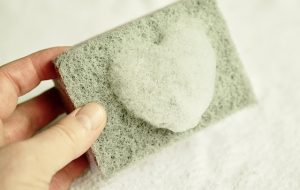Deep cleaning involves a thorough sanitization and revitalisation of your home, targeting all surfaces to improve indoor air quality, extend furnishing lifespans, and create a fresh environment. Prepare by decluttering and gathering supplies, then equip yourself with essential tools like a vacuum, microfiber cloths, and natural cleaners. Break the process into manageable steps: declutter each room, access nooks, focus on high-touch areas, use appropriate products, and tackle tough stains. Avoid common mistakes like rigid schedules, inappropriate products, missing protective gear, and inadequate ventilation to ensure safe, effective deep cleaning.
Looking to give your home a comprehensive, top-to-bottom makeover? Deep cleaning is the ultimate solution for a fresh, hygienic living space. This extensive process goes beyond surface scrubbing, delving into every nook and cranny to eliminate dirt, dust, and bacteria buildup. From understanding its numerous benefits to mastering the art of stain removal, this guide covers all aspects of deep cleaning your home. Discover proven strategies, essential tools, and expert tips to transform your living environment.
Understanding Deep Cleaning: What It Entails and Its Benefits
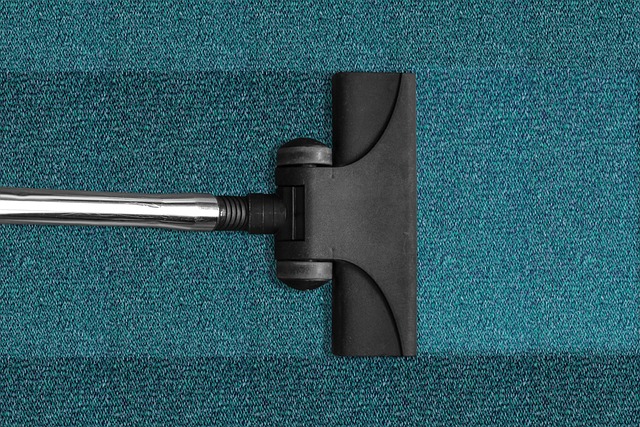
Deep cleaning involves a thorough, systematic approach to sanitizing and rejuvenating your home, going beyond regular maintenance tasks. It encompasses every surface, from floors and countertops to appliances, windows, and light fixtures. This intensive process aims to eliminate deep-seated dirt, dust, and allergens, providing a healthier living environment.
The benefits of deep cleaning are multifaceted. Regular deep cleaning sessions can extend the lifespan of your home’s furnishings and finishes, prevent the buildup of bacteria and mites, and improve indoor air quality. It also creates a sense of freshness and tranquility, enhancing the overall well-being of residents. Moreover, it’s an excellent way to prepare for seasonal changes or guests, ensuring your space makes a lasting impression.
Preparing Your Home for an In-depth Clean

Before tackling a deep clean, it’s essential to prepare your home for the process. Start by decluttering every room, removing any personal items that are not necessary during the cleaning session. This will create a more organised and efficient workspace for you. Next, gather all the cleaning supplies you’ll need – from mops and buckets to vinegar, baking soda, and disinfectant sprays. Creating a designated cleaning caddy or station can help keep everything organised and within reach.
Once your home is decluttered and supplies are ready, empty all wastebaskets and ensure every surface is free of clutter. Start with high-touch areas like doorknobs, light switches, and surfaces in the kitchen and bathrooms, as these collect the most germs. Empty and clean out any cabinets or drawers that contain items no longer needed or used, making it easier to reach every corner during the deep clean.
Essential Tools and Products for Efficient Deep Cleaning

Deep cleaning your home can be a daunting task, but with the right tools and products, it becomes more manageable and efficient. Start by equipping yourself with essential items tailored for deep cleaning. A good quality vacuum cleaner is a must-have, as it helps remove stubborn dust, pet hair, and debris from various surfaces. Microfiber cloths are another versatile tool, perfect for dusting, wiping down surfaces, and mopping without leaving scratches.
Don’t forget the power of natural cleaning agents like white vinegar and baking soda. These cost-effective alternatives can tackle tough stains and odors in the kitchen and bathroom. Additionally, invest in a reliable set of cleaning brushes for hard-to-reach areas, such as window sills, baseboards, and tight corners. Having these essential tools on hand will streamline your deep cleaning process and ensure a sparkling home.
Step-by-Step Guide to Deep Cleaning Key Areas
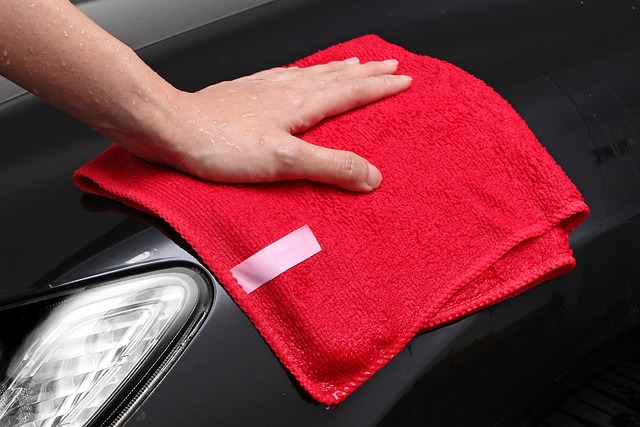
Deep cleaning your home can feel overwhelming, but breaking it down into manageable steps makes the process less daunting. Start by decluttering each room, removing all items from surfaces and floors. This step is crucial for accessing every nook and cranny. Once everything is out of the way, you can begin deep cleaning key areas: start with high-touch surfaces like doorknobs, light switches, and countertops, using disinfecting cleaners to kill germs. Next, tackle windows and mirrors, using glass cleaner and microfiber cloths for a streak-free finish. Don’t forget to clean appliances, both inside and out, including the oven, fridge, and dishwasher. For floors, vacuum first, then sweep or mop depending on the type of flooring. Finally, give baseboards and decorative pieces a good scrub to remove dust and dirt.
Tackling Tough Stains and Odor Removal Techniques
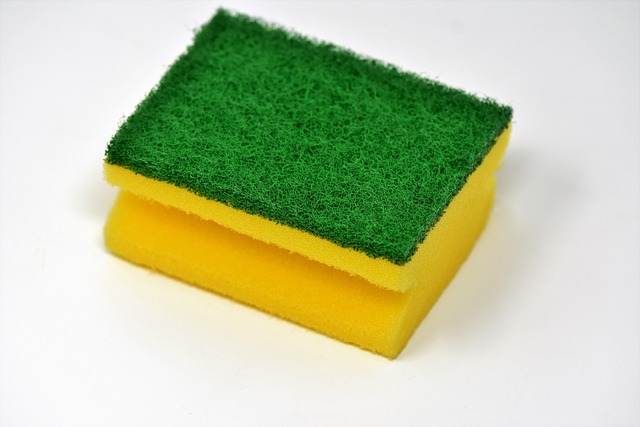
When it comes to deep cleaning, tackling tough stains and odor removal is a significant part of the process. Start by identifying the source of the stain or odor, as this will dictate your approach. For instance, kitchen and bathroom areas often require special attention due to the high traffic and potential for food spills or mold growth.
Effective techniques include using natural cleaning solutions like baking soda and vinegar, which are excellent for removing stubborn stains and odors organically. For more persistent issues, consider using specialized products designed for deep cleaning, such as enzyme-based cleaners that break down organic matter effectively. Don’t forget to test any new cleaner in a small, inconspicuous area first to ensure it doesn’t cause discoloration or damage to the surface.
Creating a Maintenance Plan for Longevity

Creating a maintenance plan is an integral part of keeping your home in top condition and ensuring long-lasting results after deep cleaning sessions. It involves establishing a routine that addresses both regular upkeep and periodic intensive cleaning. Start by evaluating the various areas of your home, identifying high-traffic zones, and determining how often they require attention. Kitchens and bathrooms, for instance, demand frequent deep cleaning due to their constant exposure to moisture and food residues.
Consider allocating specific days or weeks for thorough cleaning, complementing them with daily or weekly quick maintenance tasks. This could include wiping down surfaces, vacuuming carpets, and changing bed linens. A well-structured plan not only maintains the aesthetic appeal of your space but also extends the life of your home’s components, saving you from costly repairs in the long run. Regular deep cleaning, combined with a consistent maintenance schedule, is key to preserving a healthy and vibrant living environment.
Tips for a Healthier Home Environment Post-Deep Clean
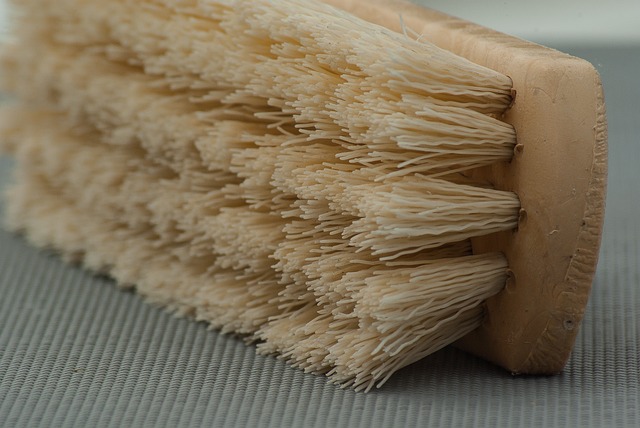
After completing a deep clean, maintaining a healthier home environment involves several simple yet effective strategies. Start by decluttering and organizing spaces to reduce dust accumulation and create a more sanitized living space. Regularly vacuum and wipe down surfaces with disinfectant solutions, focusing on high-traffic areas like kitchens and bathrooms. Invest in air purifiers equipped with HEPA filters to capture allergens and improve indoor air quality. Additionally, open windows frequently to allow natural ventilation, which helps dilute airborne pollutants.
Encourage residents to practice good hygiene habits, such as regular handwashing and covering coughs or sneezes, to prevent the spread of germs. Consider using non-toxic cleaning products to minimize exposure to harmful chemicals and promote a safer home atmosphere. Regularly replacing air filters in HVAC systems can also contribute to better overall air quality. These measures combined will ensure your home remains a clean and healthy space for all occupants.
Common Mistakes to Avoid During the Process

Deep cleaning your home can be a daunting task, but it’s essential to approach it with care and avoid common pitfalls. One frequent mistake is attempting a deep clean on a schedule rather than when it’s truly needed. Neglecting areas like baseboards, window sills, and hard-to-reach corners until they become noticeable problems will only make the process more extensive and time-consuming.
Another error is using incorrect cleaning products or mixing them improperly, which can damage surfaces or create unhealthy fumes. Always read labels and follow instructions, especially when using chemicals in combination. Skipping protective gear like gloves and masks can lead to skin irritation or respiratory issues. Additionally, inadequate ventilation during cleaning can exacerbate these risks, so ensure windows are open for fresh air circulation.
